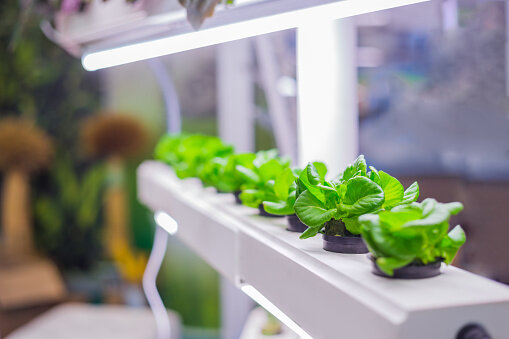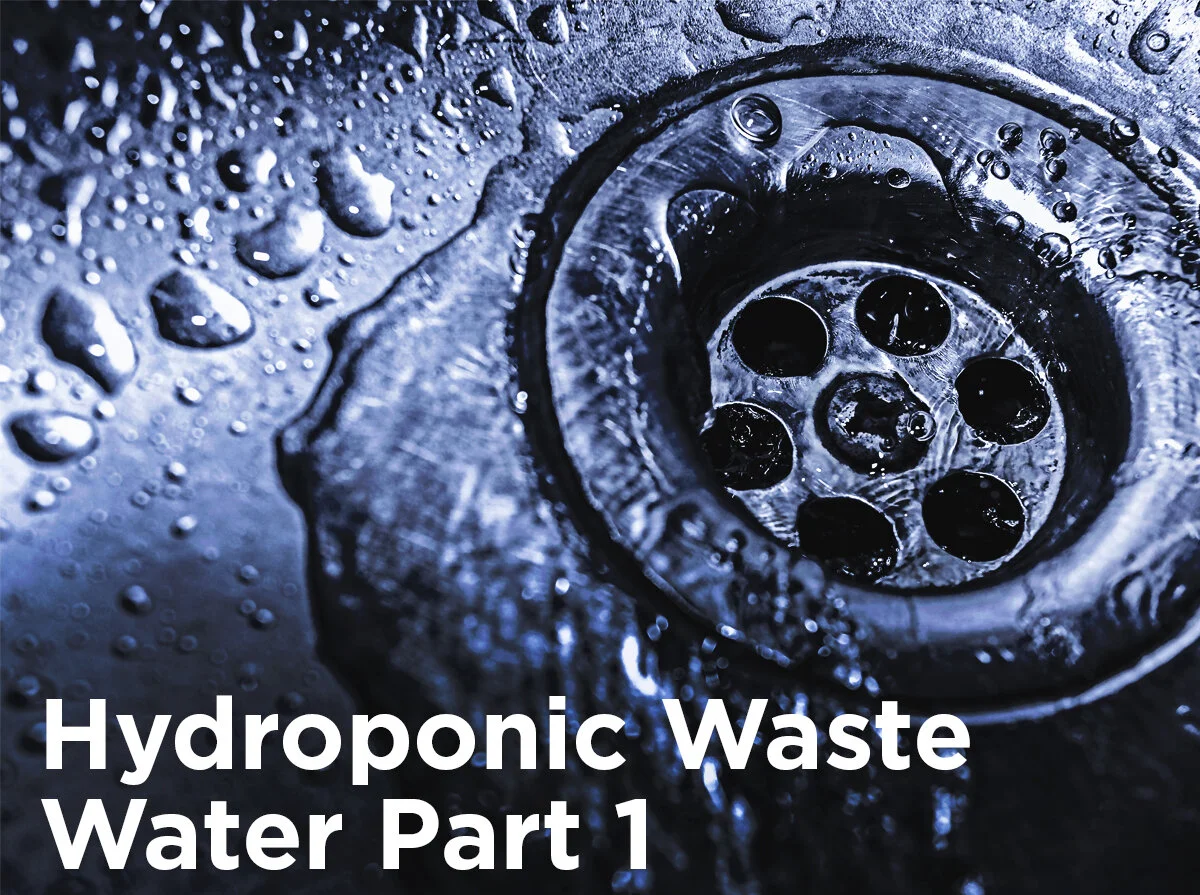How to Get Rid of Pesky Hydroponic Pests
Creeping, crawling, chewing and chomping, insects can seriously damage your garden, seemingly overnight. One might think that because you are growing indoors, your system is safe from any invading pests. But be warned, when grown hydroponically, your plants are even more susceptible and therefore more tempting to insects.
How to Get Rid of Spider Mites
Not to be confused with spiders, these mites are not actually insects, but arachnids. Don’t be fooled though, they are savage plant killers. They produce spider-silk-like webbing, but may also be recognized by the spotted, abrasive-looking damage they cause. Spider mites crawl from plant to plant or are carried through the air by their ultra-light threads, often spreading disease as they go. They can also enter your house on clothing, shoes, pets, tools etc. They spread so aggressively that I recommend trimming out the worst of the infected foliage (if possible) and treating the rest, including areas that seem unaffected. Pay special attention to the underside of leaves where the mites like to hang out and talk bad about your mama. As they are not insects, many insecticides will be useless in controlling spider mites. Seriously, these are some spiteful little devils. Be sure to look for a miticide specifically. They also don’t like humidity, so consider ramping up your humidifier to help control their spread.
How to Get Rid of Fungal Gnats
These annoying little buggers are a big pain to anyone growing in potting soil or coco coir. Gnats thrive in overly damp soil, and if you are one who likes to cure everything by adding more water, odds are you’ve seen these small black “flies” around your houseplants. While they can fly through open windows and doors, they may also enter your home on fresh produce from the grocery store or as eggs in the growing media itself. You may what to swat at the adults but you should focus on getting rid of the eggs in the media first. Gnats have a very short life cycle, so eliminating the next generation will clear up the problem. Either organic or traditional cures can be effective, but definitely look for a topical soil treatment such as a powder or granule, such as Gnat Nix to prevent future adults from ever laying eggs again.
How to Get Rid of Aphids
If you are using a sealed grow room and not a greenhouse, you probably won’t ever see these, but nevertheless they are common in traditional gardens and can ruin even a protected patio plant. These bad boys are different from other pests as they can produce asexually, cloning themselves, so even one aphid can cause a population boom. Aphids use their needle-like mouthpart to suck sap from tasty, sweet plant cells, literally sucking the life out of them. While easier to spot than spider mites, aphids are often most recognized by the clear, sugary residue (known as honeydew) that they excrete, which makes the leaves sticky and shiny. Aphids are best controlled by systemic insecticides, but if you’re going organic, consider ladybugs. Aphids are a ladybug’s favorite food, and ladybugs won’t leave your garden as long as there is a food source, so even that one last little aphid is doomed.
How to Get Rid of Algae
Ok, I know an alga isn’t an insect but it can be a common problem and doesn’t count as a disease so… here it is. Algae are technically micro-plant life, and therefore thrive in the environment (water, light and nutrients) you’ve created for your macro-plant life. In small amounts they are harmless and many grower’s will let it slide a little bit. However, being plants, they use oxygen in the water just like your crop does, so a large algae bloom will actually strip all of the dissolved oxygen out of your reservoir. Without this oxygen, your roots will drown. What is worse, most algaecides are basically herbicides, and will kill your plants before you can say “What happened?!”
But don’t be intimidated by a little green gunk growing on your NFT. The solution is a simple matter of exclusion. Use black plastic materials (tubing, reservoirs, buckets, etc.) instead of white or clear to keep light out of the water moving in your system (reservoir lids never go amiss either). Other than that, a simple cleansing flush periodically throughout the grow cycle, and a good scrub with soap or 10% bleach in between crops will stop the oobleck in its tracks.
So What’s Bugging You?
Don’t see your pest problem covered here? Whatever pest or disease problem you are having, our horticulture hotline is available, with more than just a fly swatter in their arsenal, to help you defeat your six-legged nemeses. Leave a comment below or give us a shout out on Facebook, Twitter, LinkedIn, or Pinterest!









